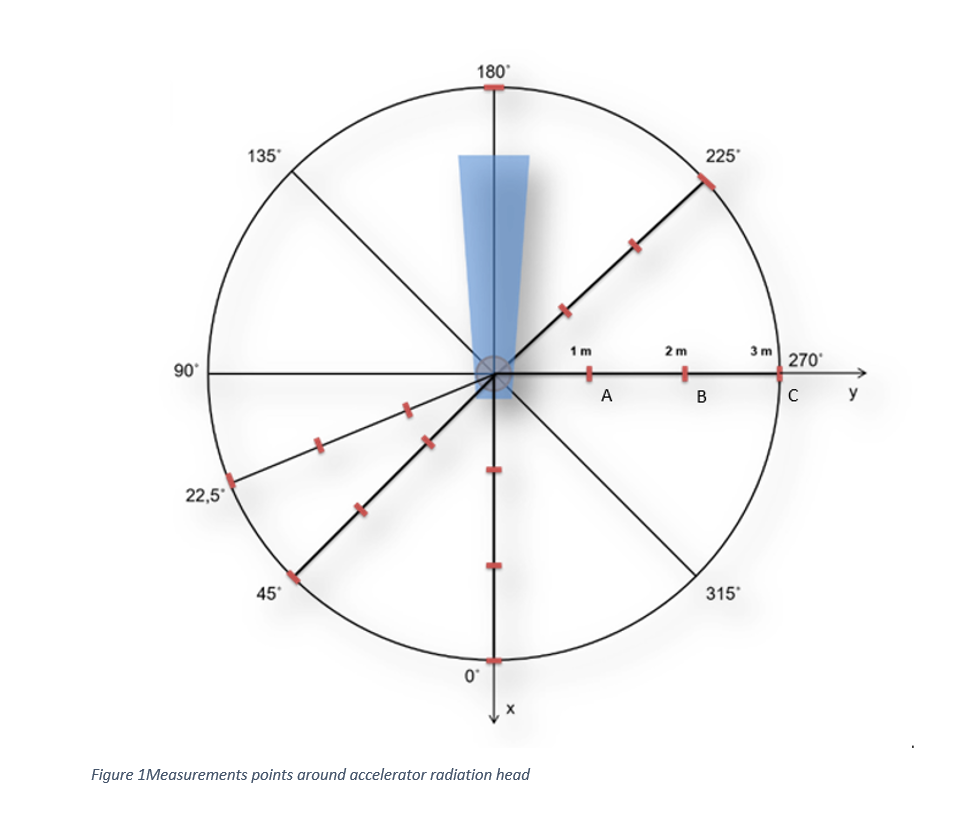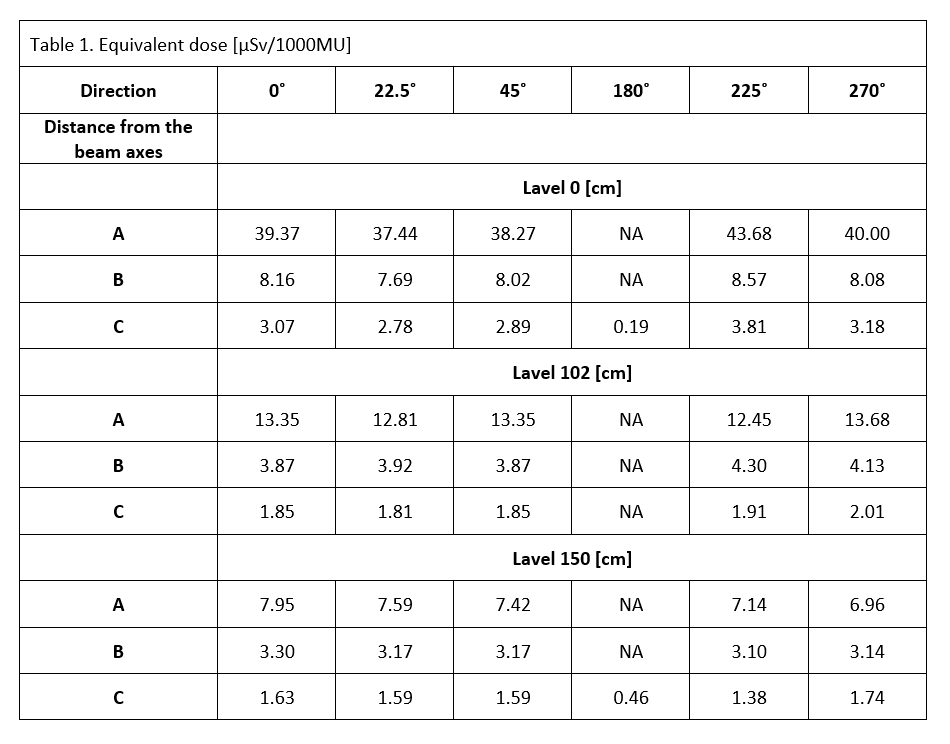Safe use of the AQURE – the new mobile accelerator for IOERT based on air kerma measurement
Agnieszka Misiarz,
Poland
PO-1870
Abstract
Safe use of the AQURE – the new mobile accelerator for IOERT based on air kerma measurement
Authors: Agnieszka Misiarz1, Joanna Walkiewicz2, Bożena Malesa1, Jan Trzuskowski1, Marta Kruszyna-Mochalska3,4, Bartosz Pawałowski3, Bartosz Urbański4,5, Beata Adamczyk6, Adam Ryczkowski3,4, Wiktoria Suchorska5,4, Patrycja Mantaj3, Ewelina Konstanty3, Tadeusz Krzymański7, Julian Malicki8,4
1National Centre for Nuclear Research, Division of Nuclear Equipment HITEC, Otwock, Poland; 2National Centre for Nuclear Research, Science and Technology Park, Otwock, Poland; 3Greater Poland Cancer Centre, Medical Physics Department, Poznań, Poland; 4University of Medical Sciences, Electroradiology Department, Poznań, Poland; 5Greater Poland Cancer Centre, Radiobiology Laboratories, Medical Physics Department, Poznań, Poland; 6Greater Poland Cancer Centre, Breast Surgical Oncology Department, Poznań, Poland; 7Greater Poland Cancer Centre, Investment and Renovation Department, Poznań, Poland; 8Greater Poland Cancer Centre, Medical Physics Departmen, Poznań, Poland
Show Affiliations
Hide Affiliations
Purpose or Objective
The electron therapy combined
with surgery is now more often used in radiotherapy. The mobile accelerator is
used during surgery in the standard operating room (often without additional
radiation shielding). Therefore, it is extremely important to ensure proper
radiological protection of the patient and staff.
The aim of the study was a
detailed analysis of the air kerma value around the new mobile linear
accelerator for IOERT (AQURE from National Centre for Nuclear Research) and on
its basis issuing recommendations for its safe use in an operating room not
equipped with additional radiological protection.
Material and Methods
The radiation study to
determine the leakage and scatter of photons consisted of measurements of the
air kerma at points shown in Figure 1 at 3 heights from the ground: 0, 102, and
150cm. Additionally, the kerma was
measured above the accelerator head in the beam axis (260 cm from the ground)
and centrally in the beam axis at the floor level.
Measurements were made using a
30ccm cylindrical ion chamber (PTW Freiburg) with a 6cm plaster cylinder-shaped
cover (density 2,3 g/ccm). The reference dose given at the maximum dose point
in the beam axis in the water for each point was 10 Gy (1000 MU). Measurements were
made on the AQURE (NCNR, Poland) accelerator for 9 MeV energy electron beam.
Then, based on the results obtained, it will be possible to estimate the exposure
time (minutes per year) for the staff
(behind the 6 cm plaster wall) outside the operating room. These staff were
divided into three groups: general population (limit dose of 1 mSv per year),
category B workers - 6 mSv, and category A workers - 20 mSv.

Results
The results of the equivalent
dose calculation on the basis of the measurements are presented in Table 1.

At a distance of 3m from the axis of the radiation beam and at a 6cm
plaster wall, a general population may spend 262 minutes per year. For one
treatment, which takes about 1 minute, we have 262 operations per year. For
B-category, this number is 1576, and for A-category-5253. For rooms located
above the operating room, a person from the general population may stay in the
area of the beam axis for more than 410 minutes, category B-2462 minutes, and
for category A-8207 minutes.
Conclusion
The analysis of air kerma
measurements confirmed the assumptions that the AQURE mobile intraoperative
accelerator is a safe device and can be used without additional covers during surgery
in ordinary operating rooms. However, the placement of the device in the
operating room must be taken into account when planning accelerator procedures.
Following a risk analysis, recommendations were proposed for users and staff
responsible for radiological safety in the operating room using the AQURE
mobile intraoperative accelerator. These recommendations are indicative only
and should be updated following environmental research at the target facility
where the AQURE mobile intraoperative accelerator will be used.